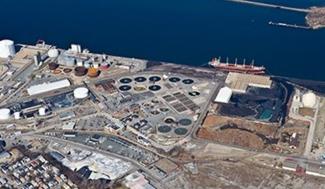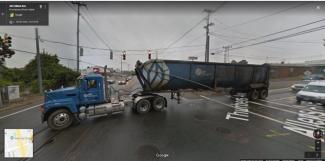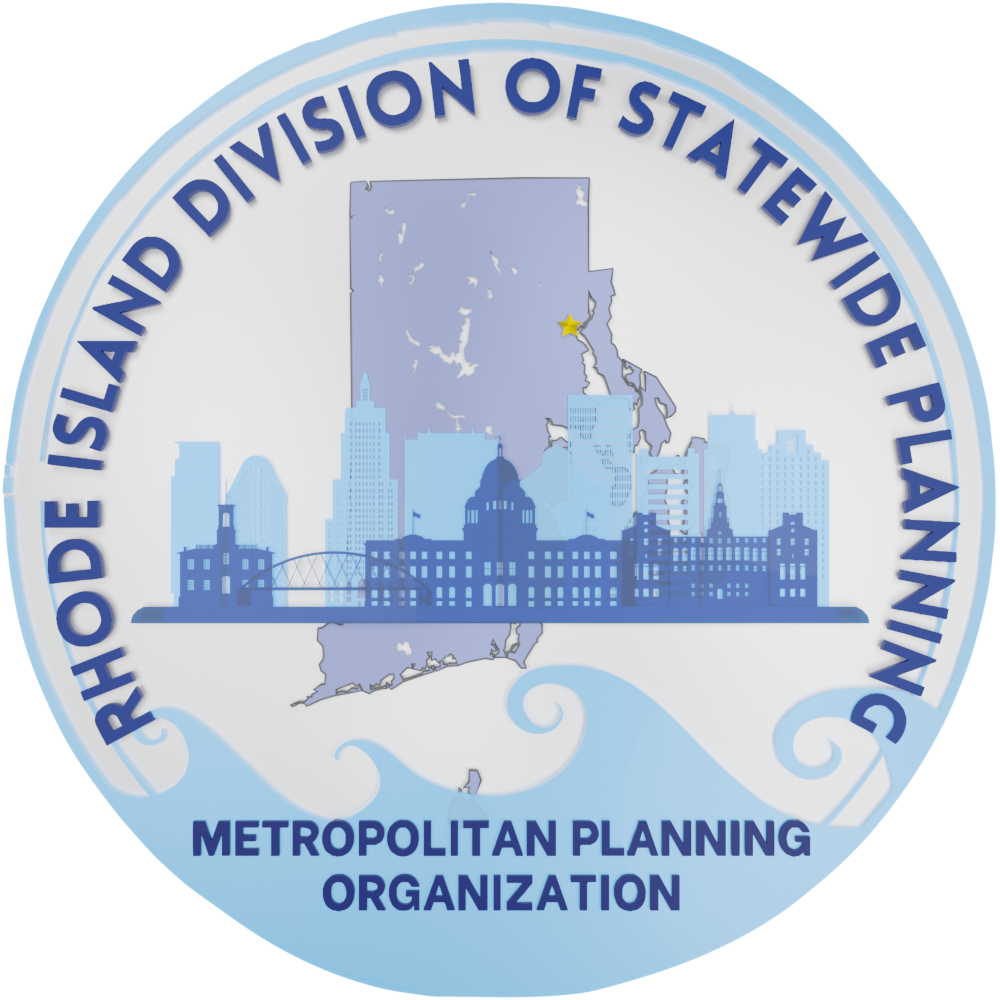Port Of Providence Truck Count And Assessment Study

As part of the U.S. Environmental Agency’s (U.S. EPA) National Ports Initiative, the Rhode Island Division of Statewide Planning worked closely with U.S. EPA Region 1, the Rhode Island Department of Environmental Management, The Rhode Island Department of Health, The Rhode Island Department of Transportation, the City of Providence, Port of Providence tenants, and local neighborhood associations as part of a Port-Community Working Group to identify ways to reduce the environmental impacts of the working port on employees and neighbors while still supporting freight movement and vital maritime trade and commerce. This over a two-year community engagement process identified collaborative opportunities to implement a greener vision for the port, improve air quality, improve coordination of public safety and emergency management, and improve traffic safety and truck movements.
As part of this process, one of the major initiatives that the Division of Statewide Planning has advanced, along with from U.S. EPA, is a truck study of the Port of Providence that provided accurate and updated truck counts, truck turning movement descriptions, and detailed information about the age and classification of trucks going into and out of the Port of Providence. The Port of Providence Truck Study was completed in two phases with Phase 1 work running from June 2020 to September 2020, and Phase 2 running from September 2020 to December 2020.
In Phase1, data assessment occurred with project contractors HDR and Dawson first completing field work and truck counts at nine observation sites along Allen’s Avenue and at key intersections at the Port of Providence focusing on truck movements, truck behavior, and truck characteristics. Additionally, HDR and Dawson conducted businesses interviews with ten Port tenants in July and August of 2020 to ascertain data on fleet size, truck origin and destinations, and obtain fleet managers views on a range of issues.

In Phase 2, business owner and fleet manager interviews were continued, and truck driver interviews were conducted. The purpose of Phase 2 was to identify potential strategies to reduce air emissions and other negative impacts (e.g., noise and congestion) from heavy-duty truck activity.
This was accomplished through targeted interviews with port area businesses, trucking companies, and individual drivers to understand truck trip types, truck purchasing/ replacement practices, and existing company programs, policies, as well as driver knowledge and attitudes.
Information obtained from this study will inform the ongoing statewide freight planning and assessment efforts of the Rhode Island Division of Statewide Planning as well as other agency efforts such as the Rhode Island Department of Health’s air quality monitoring and asthma reduction efforts, the Rhode Island Department of Transportation’s safety efforts along Allen’s Avenue, and the Rhode Island Department of Environmental Management’s diesel emissions reduction program, and the planning, sustainability, as well as the City of Providence’s environmental justice priorities.
If you would like to know more about the Port of Providence Truck Count and Assessment Study or Freight Planning in Rhode Island, please contact: Josh O’Neill, AICP Supervising Planner at Joshua.Oneill@doa.ri.gov or 401-222-4849.
